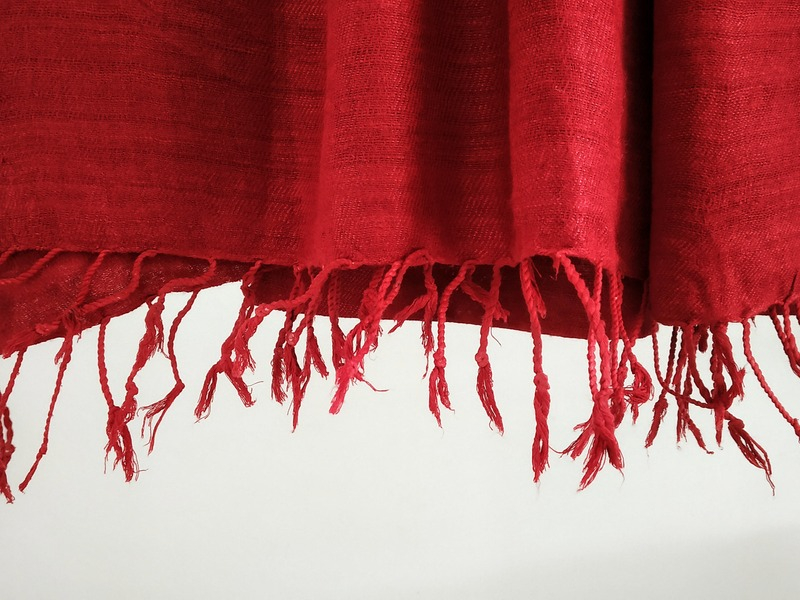
Introduction:
Brazil wood (Caesalpinia echinata) is a tropical hardwood tree known for its use in producing vibrant red dyes. Though the tree is native to South America, the dye it produces has been historically traded and used in many parts of the world, including the North-Eastern states of India. In Manipur, Assam, and Arunachal Pradesh, artisans use Brazil wood dye to create rich shades of red and pink in their textiles. This natural dye is celebrated for its intensity and brilliance, making it a popular choice for traditional garments and handloom products in the region.
Description:
Brazil wood dye is obtained from the heartwood of the tree, which is ground into a fine powder and then boiled to extract the vibrant red pigment. The resulting dye solution is a deep red, which can be applied to a variety of natural fibers such as cotton, silk, and wool. Depending on the strength of the dye bath and the mordant used, the colors produced by Brazil wood dye can range from soft pink to deep crimson.
The process of dyeing with Brazil wood begins with preparing the fabric. In traditional North-Eastern dyeing techniques, artisans often pre-mordant the fabric with alum or tin to help the dye adhere to the fibers and improve colorfastness. Once the fabric is prepared, it is soaked in the Brazil wood dye bath, allowing the rich red color to penetrate the fibers. The fabric is then left in the dye bath for several hours or even days, depending on the desired intensity of the color.
Brazil wood dye is known for its brilliance and saturation, producing colors that are both eye-catching and long-lasting. However, like many natural dyes, it can be sensitive to sunlight and may fade over time without proper care. To protect the color, dyed fabrics are typically dried in the shade and stored in cool, dark places. In Manipur and Assam, where Brazil wood dye is commonly used in handloom textiles, artisans often combine it with other natural dyes such as turmeric or indigo to create unique color blends and patterns.
In the cultural context of North-East India, Brazil wood dye has significant symbolic meaning. The red and pink tones produced by the dye are often associated with strength, vitality, and prosperity. These colors are frequently used in traditional garments worn during festivals and important ceremonies. In Manipur, for instance, red is a prominent color in traditional dance costumes, where it symbolizes power and energy. Similarly, in Assam, red textiles are often worn during weddings and other auspicious occasions.
The use of Brazil wood dye also reflects the region’s commitment to sustainability. As a natural dye, Brazil wood is free from the harmful chemicals found in synthetic dyes, making it an environmentally friendly option for textile production. Artisans in the North-East who use Brazil wood dye are part of a growing movement towards eco-friendly fashion, promoting the use of natural resources in a way that respects both the environment and traditional craftsmanship.
Despite the challenges posed by modern industrialization and the availability of synthetic dyes, Brazil wood dye continues to hold an important place in the handloom industry of North-East India. Its vibrant colors and cultural significance make it a favorite among both artisans and consumers, who value the authenticity and sustainability of natural dyes. As interest in sustainable fashion grows, Brazil wood dye is poised to remain a key player in the region’s textile heritage, providing a rich, natural alternative to synthetic colorants.